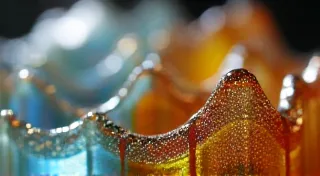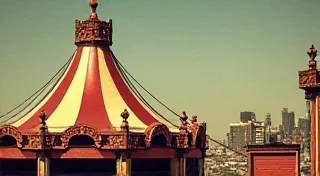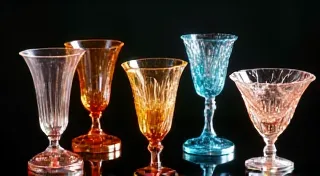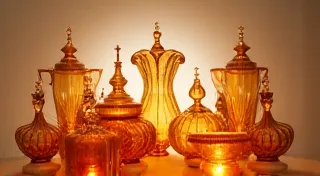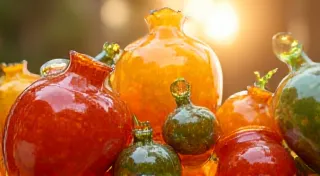Identifying Carnival Glass Patterns: A Visual Encyclopedia
With hundreds of patterns produced over a relatively short period, identifying carnival glass can be challenging. This article provides a visual guide to the most popular designs, including Lustreware, Milady, Black Panther, and more. Learn about the companies that manufactured these pieces (Fenton, Northwood, Imperial) and the key characteristics that distinguish each pattern. Includes detailed photography and comparison charts.
What is Carnival Glass? A Quick Overview
Before diving into specific patterns, let’s briefly define carnival glass. It's a type of pressed glass characterized by an iridescent surface, created by applying metallic salts during the manufacturing process. This effect gives the glass a shimmering, rainbow-like appearance, reminiscent of carnival booths and their dazzling displays. The fascination with this glass, and the wide range of colors it appeared in, continues to draw collectors and enthusiasts. Many newcomers to the hobby find that a beginner's guide to carnival glass provides a helpful foundation for understanding its history and common patterns.
Key Manufacturers: Fenton, Northwood, and Imperial
While several companies produced carnival glass, three stand out as the most significant:
Popular Carnival Glass Patterns: A Visual Guide
Let's explore some of the most recognizable and beloved carnival glass patterns. We’ll cover key features, common colors, and the manufacturer most associated with each.
Lustreware
Lustreware is arguably the first and most common carnival glass pattern. It features a swirling, embossed design that resembles draped fabric or peacock feathers. It’s often found in marigold, red, and violet colors. Northwood was the primary producer of Lustreware. The distinctive iridescence of Lustreware pieces can vary widely, and understanding the nuances of color is key to identification.
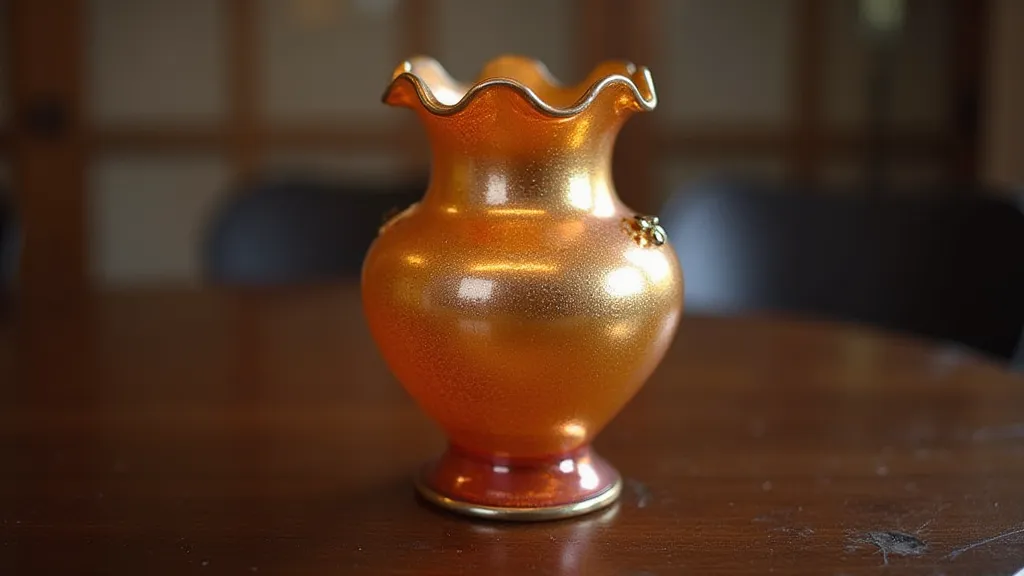
Milady
Milady is characterized by its distinctive, raised floral design. The floral elements are often stylized and have a somewhat geometric appearance. Milady is commonly found in marigold and red carnival glass. The popularity of Milady often leads to variations in the design and color, so it is important to look closely at the pattern to differentiate between iterations.
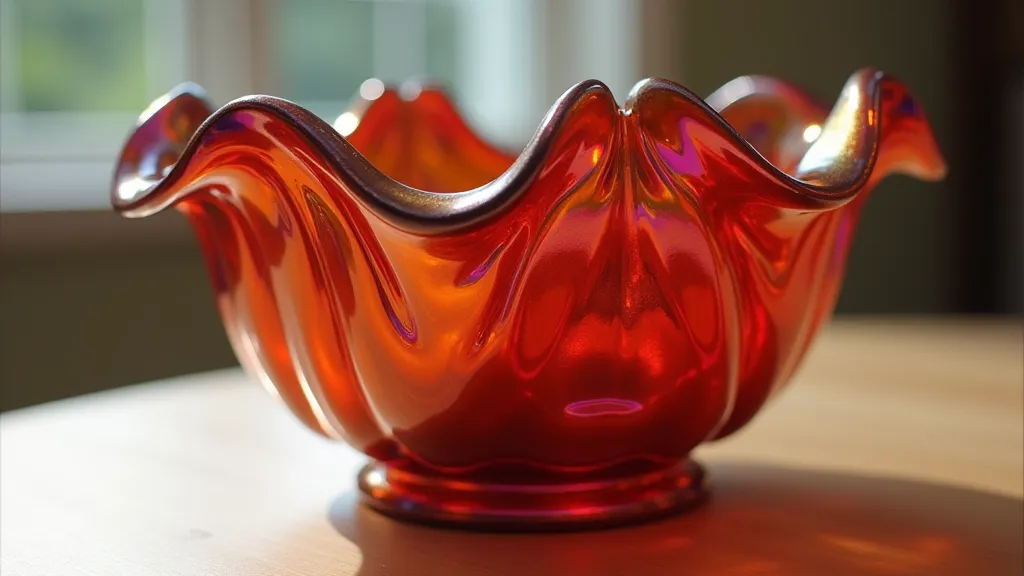
Black Panther
Black Panther is easily recognized by its swirling, panther-like face motif. This pattern is predominantly associated with the Northwood Glass Company and is highly prized by collectors. Look for marigold and red variations. Identifying the subtle differences in Black Panther variations can be a rewarding aspect of the collecting hobby.
Queen’s Gold
Queen's Gold is another popular pattern exhibiting a swirling, ribbon-like design with a prominent central feature that resembles a stylized crown. Primarily manufactured by Fenton, Queen’s Gold is typically found in gold/marigold colors. The "gold" variation is particularly desirable and command higher prices.
Indian Summer
This pattern features a complex, overlapping design reminiscent of foliage and vines. Imperial Glass was a significant producer of Indian Summer. Its colors can range from marigold to ruby red. The complexity of the Indian Summer pattern means that subtle variations exist, and seasoned collectors can often discern these nuances.
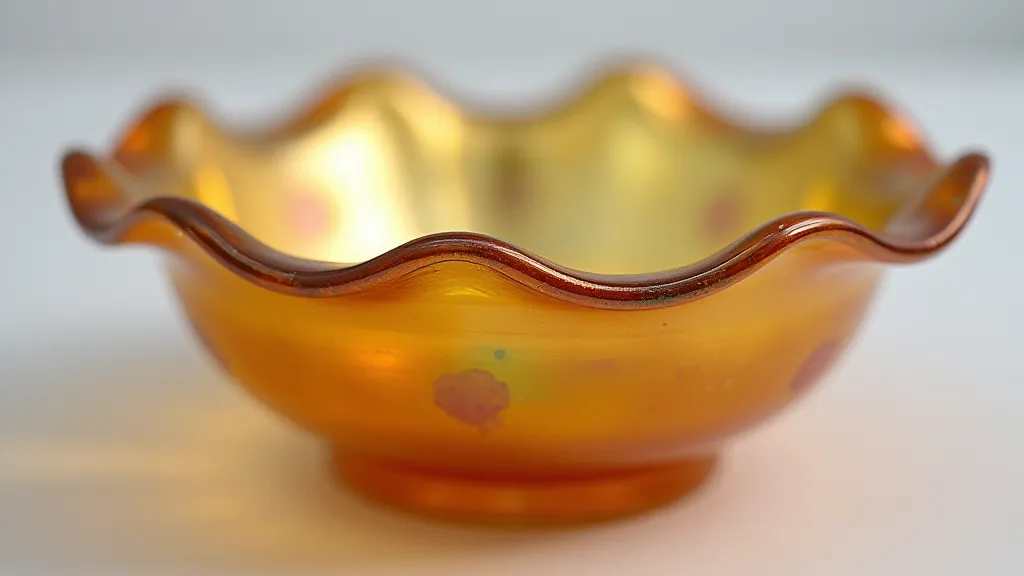
Distinguishing Characteristics and Collector’s Tips
Beyond the visual patterns, here are a few key things to consider when identifying carnival glass:
Beyond the Basics: Advanced Identification and Collecting
Carnival glass collecting is far more than simply recognizing a familiar pattern. It involves a deep appreciation for the history, manufacturing processes, and subtle variations that make each piece unique. Understanding the chemical composition of the glass and the processes used to create the iridescence is a niche area of expertise. Collectors often specialize in particular manufacturers, colors, or patterns.
The Appeal of Unusual Colors: A Collector's Perspective
While marigold and red are the most common colors, the rarer shades - such as emerald green, vaseline (yellow), and blue – hold a special allure. These colors represent anomalies in the manufacturing process and are typically more difficult to find. Their scarcity contributes to their elevated value and desirability. The quest for these unique colors drives many collectors and contributes to the overall excitement of the hobby. A dedicated collector might spend years searching for a particular shade in a desired pattern.
Further Research and Resources
Identifying carnival glass can be a rewarding hobby. This article serves as a starting point. Consult specialized books, online forums, and experienced collectors for more in-depth knowledge. The collector community is a valuable source of information and camaraderie. Remember that even experienced collectors are constantly learning new things.
